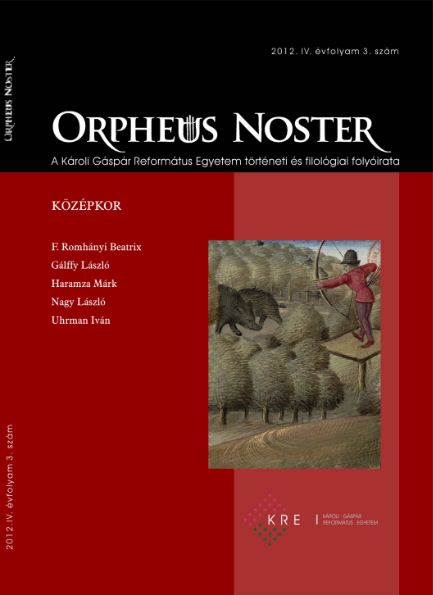A só mint alamizsna a későközépkorban
Salt as alms in the Late Middle Ages
Author(s): Beatrix F. RomhányiSubject(s): History, Economic history, Middle Ages
Published by: Károli Gáspár Református Egyetem
Keywords: salt trade; Bereg agreement of 1233; ecclesiastic institutions; salt as a special form of alms
Summary/Abstract: It was not exceptional in the Middle Ages that ecclesiastic institutions received incomes in salt. Different abbeys had rights in salt trading as soon as in the eleventh and twelfth centuries and the Bereg agreement of 1233 regulated the quantities in details. The participation of ecclesiastics in the salt trade changed basically in the Late Middle Ages. The abbeys were crowded out of this activity, while certain mendicant friaries and Pauline monasteries were involved from the fourteenth century on. However, the character of the later donations changed significantly: salt became a special form of alms. The amount varied between the very small sums of one or two florins till the donations of a value of several hundred florins. The most important income was given to the Pauline order which – contrarily to the mendicant orders – received salt not only through its convents, but also through its general chapter. Some convents served as salt depots, too. The salt incomes of these orders (1550 fl) represent approximately 2% of the salt incomes of the royal treasury (80000 fl) at the end of the fifteenth century. There are three types of the supported convents: those being in the vicinity of the salt mines, those being close to the salt trading routes and those being at the royal centres. It is quite conspicuous that there are but Pauline monasteries in the second group, i.e. they could play a certain role in distributing the salt. In the other cases the income was probably paid in cash (cf. salary).
Journal: Orpheus Noster. A KRE Eszme-, Kultúr-, és Vallástörténeti Folyóirata
- Issue Year: IV/2012
- Issue No: 3
- Page Range: 7-17
- Page Count: 11
- Language: Hungarian

